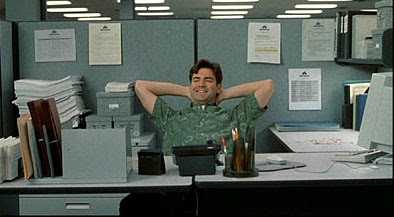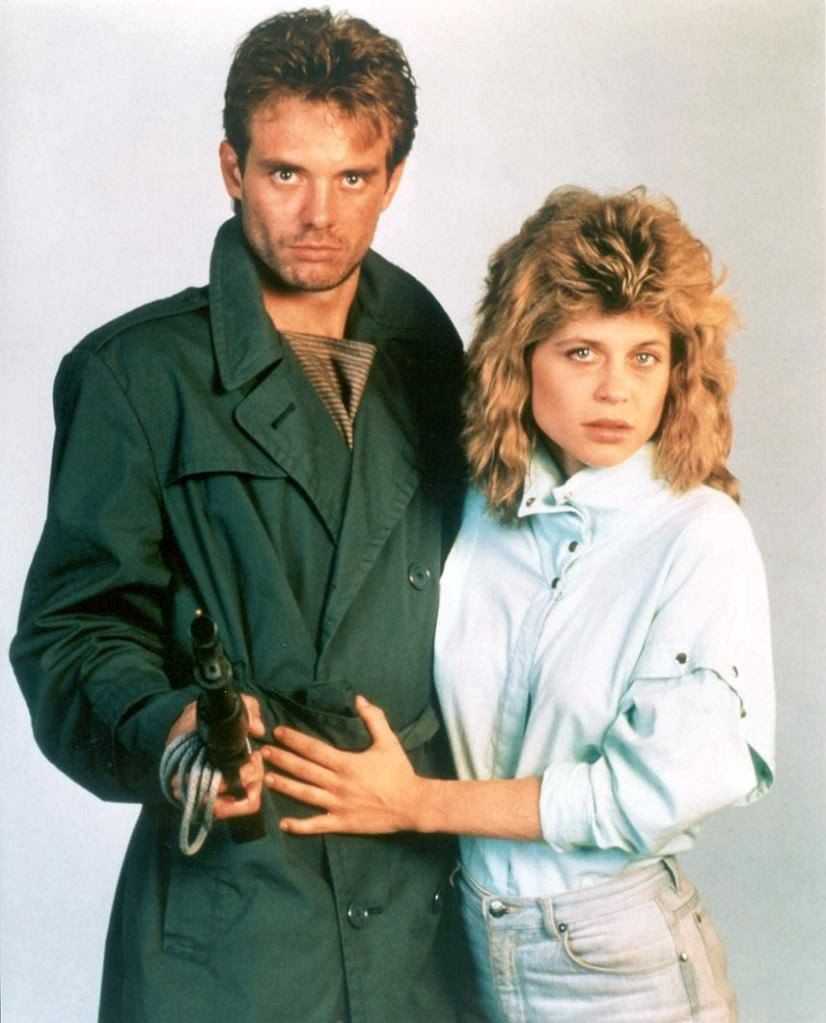Mindfulness
I discovered the meditation practice of mindfulness whilst reading Tools of Titans: A book about adults with morning routines. One reoccurring morning routine was mindfulness.
So I decided: “I too would like to be an adult with a morning routine!”
I downloaded Calm, a popular guided meditation app, but what even was meditation? Would I achieve zen, everlasting harmony with the world? Would I get a super sweet mystical mantra? I hoped for the latter, at least.
My mindfulness meditation practice, or sit, looks like this: I sit for a given period, say ten minutes to begin. I close my eyes and sit with an upright posture in a comfortable position. I focus on breathing and observing my thoughts. If I get distracted, I observe the thought with non-judgment and return to the breath.
Repeat.
The guided meditation instructor will occasionally remind me to return to the breath if I have drifted off. Which of course, I have. I’ve played out the whole day in my head. Or how I imagine the rest of the day to be, or what Im going to eat next, or if I have enough tea to last the day… wait, what was I doing again?
Ah, yeah, back to the breath.
The brain likes distractions
As I learned, the mind likes to wander. The brain is rather greedy for fresh thoughts and ideas. Delicious little dopamine hits — nom, nom. Meditation is a challenge to its appetite for distraction. Meditation is brain training, like a couch to 5k for the mind. Each sit aims to make the brain more resilient and disciplined against the distraction that it craves.
 The brain: entertaining itself: image credit — Giphy
The brain: entertaining itself: image credit — Giphy
Distractions at work
Distractions are everywhere. Every system notification imaginable, the window before and after a meeting where it’s difficult to engage in work. Meetings themselves, more information to absorb during an already challenging day. Loud offices (remember those?)
Changing tasks, or multi-tasking are culprits for the effects of context switching. Context switching can take 25 minutes to recover from. So a five-minute chat can end up being 30 minutes of non-productivity, and frustration. Cal Newport describes this eloquently.
”context switches gunk up your brain. ”
— Cal Newport
Ways to stop distraction
Turn off all phone and system notifications, even spicy Reddit notifications. This is all well and good, but I sometimes reach for my phone anyway, you know, just to check. Fear of missing out still gets the best of me.
Noise-cancelling headphones with background music, I like electronic and vocal-free beats to get in the zone.
Protect your time: block out an hour or two for work. First thing in the morning works for me, usually before nine. Go off the grid, just for a bit. For me, this has made the lofty goal of engaging in deep work and finding flow state more obtainable.
…and of course, mindfulness.
Observing thoughts and noting
I discovered Brightmind last year, another meditation app. I particularly enjoyed the Shinzen Young series on labelling, he sounds so wise. Maybe I would get a super sweet mystical mantra here!
Brightmind teaches three core skills: concentration, clarity and equanimity. All of which can be useful for handling distractions during a working day.
Another interesting technique is labelling. It is the practice of observing distractions or thoughts and assigning them an appropriate label. You can say the labels name out loud or repeat it in your head:
A sound: ‘hear’,
A sensation: ‘feel’
A sight: ‘see’
Nothing at all: ‘rest’
Practical uses
For me, labelling is useful at work. It blocks a thread of thought from developing and turning into a distraction. I use labels like ‘distraction’ or ‘not essential’ for day to day practical use. It works, sometimes. Even if I label a thing, I can still be drawn into scrolling a spicy Reddit post or tantalising board games release. That would require grandmaster levels of mindfulness for me to resist.
 Label a thought before it turns into a distraction: image credit — knowyourmeme
Label a thought before it turns into a distraction: image credit — knowyourmeme
The present
The idea of returning to the present goes something like this. The present moment is the only thing that matters. The past is gone, and the future is the present waiting to happen. Reading about the power of the present made me think of Sarah Connor & Kyle Reece in The Terminator. Despite being the past, it was technically Sarah and Kyles impact on that present that would delay the destruction of humanity by the machines.
Sarah Connor: Are you saying it’s from the future?
Kyle Reese: One possible future. From your point of view… I don’t know tech stuff.
Sarah Connor: Then you’re from the future, too. Is that right?
Kyle Reese: Right.
Sarah Connor: Right.
Kyle Reese & Sarah Connor contemplating the nature of the present, and the future: image credit — IMDb
Micro hits
Mindfulness can be used anytime, anywhere. A micro hit is a technique which starts with focusing on the breath and returning to the present out of the context of a meditation sit: It’s another useful technique for snapping out of a distraction. Refocus on the breath, then the task, back to work.
A micro hit feels like a tiny win if my day’s not gone great, maybe I’ve been distracted, not achieved much, eaten jelly and cream for lunch, again.
I think about this cartoon, a lot. image credit — Monkeyuser
Other practical uses for mindfulness
Mindful running. The same principles, as always, focus on the breath. Each step, savouring the step, no matter how painful that step is. Never thinking about how far these is to go, just that step, then this one, and so on. There’s even a book, which is totally on my reading list.
Mindful eating: I’ve read that mindful eating can be rewarding. It can help you to enjoy food, whilst not overindulging. I can’t pretend to practice it. I actively trick my brain with my eating quickly so that I’m still hungry for dessert.
Mindful sleeping: for getting a better nights rest, which in turn positively impacts concentration and clarity the next day.
Mindfulness for mental health: The NHS have a page on this, please give it a read. People are better than websites.
Mindful time-travelling: We’ll leave that to Sarah Connor & Kyle Reece.
Non-judgement
Mindfulness is about non-judgement, observing thoughts, distractions, and letting go of them. The fact that you’ve taken the time; be it a minute or an hour, you’ve done great. The shift to a non-judgemental mindset is said to improve happiness, which can only be a good thing.
More words on the subject from Jon Kabat-Zinn, a renowned mindfulness teacher:
“Mindfulness means moment-to-moment, non-judgmental awareness. It is cultivated by refining our capacity to pay attention, intentionally, in the present moment, and then sustaining that attention over time as best we can. In the process, we become more in touch with our life as it is unfolding.”
— Jon Kabat-Zinn,
Do I need an app for Mindfulness practice?
The short answer is no. I still enjoy the guidance, and the nuggets of wisdom from the instructor. Guided meditation is recommended for beginners. I like the gamification aspect of tracking mindful minutes, arguably this is a distraction in itself, but it motivations me to keep up my practice.
You can sit, you can stand, in silence, with music, eyes open, eyes closed. Whatever works for you.
(I’ve listed a few apps I’ve used and enjoyed in the useful links below) Conclusion
Despite dabbling with mindfulness daily, I consider myself a total beginner. I’m learning new things every day. Let me know what works for you, what benefits have you got from mindfulness? And how do you apply it practically?
Do you have a super sweet, secret mystical mantra?* You probably can’t tell me, but I’m psyched for you!
Are you looking to get started? take a seat, relax and take a breath. You’re already doing great.
*If you are wondering: a Mantra is optional and not a requirement for mindfulness practice



